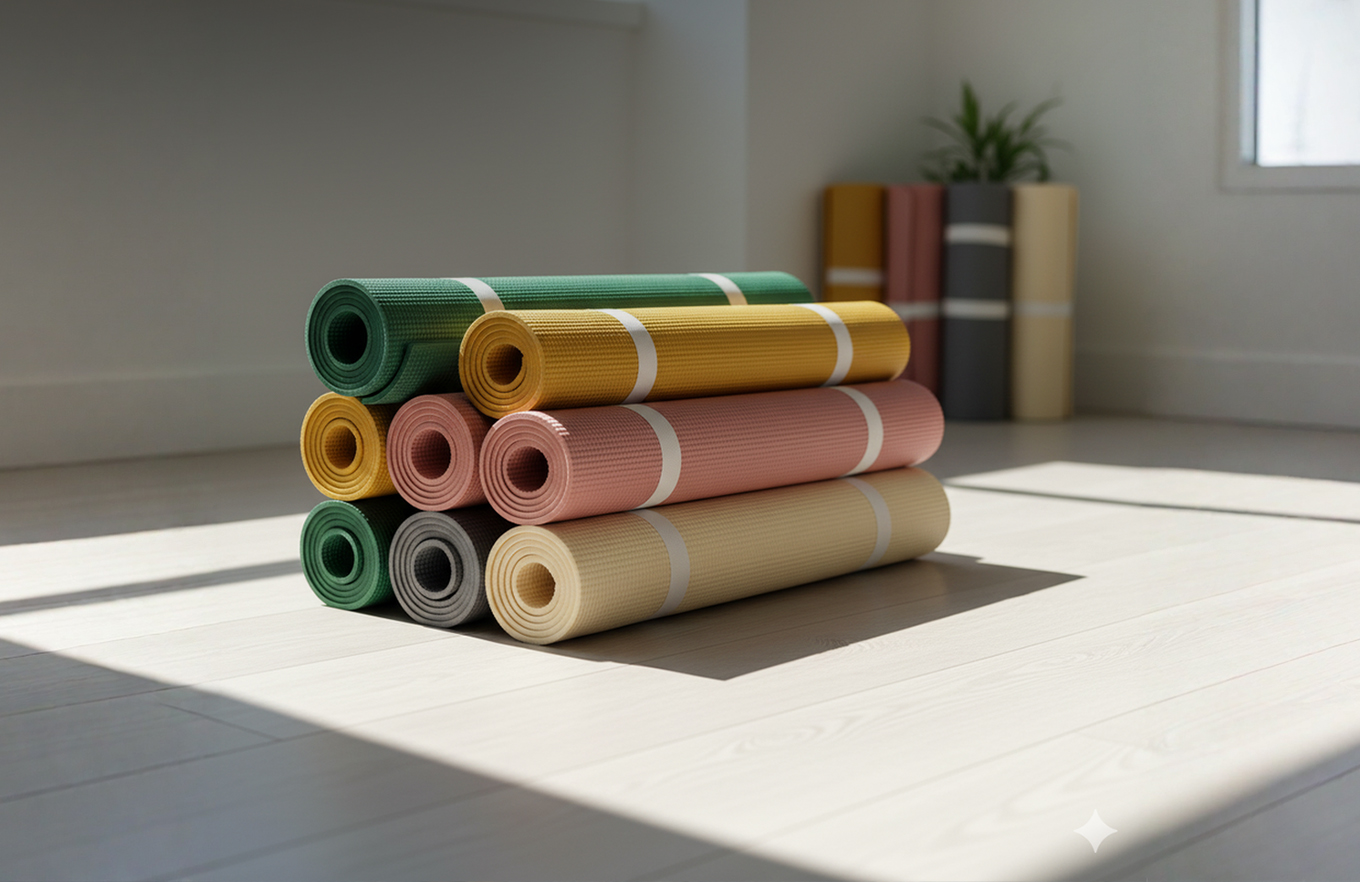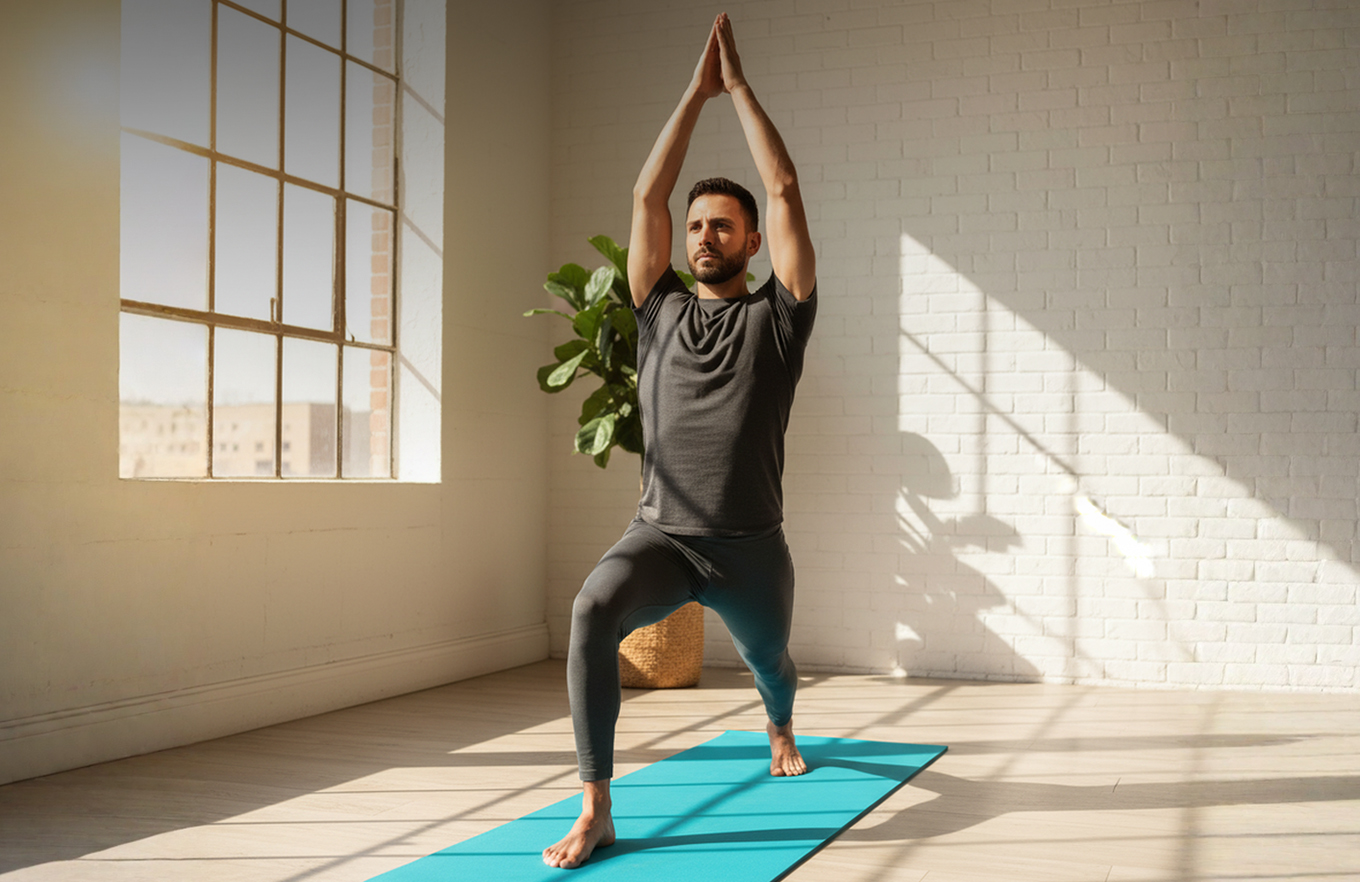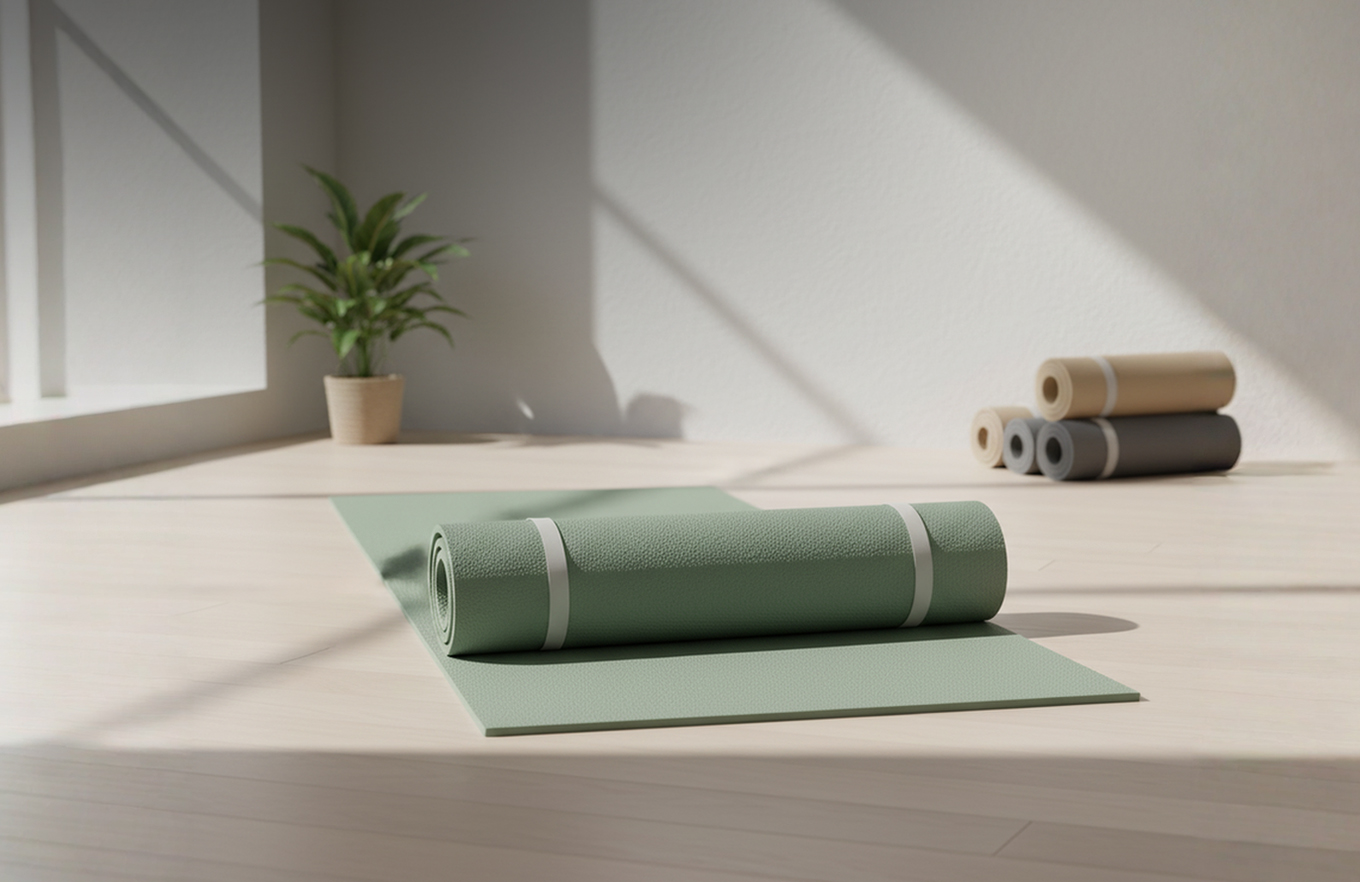October 27, 2025
EVA foam has become one of the most widely used materials in fitness and lifestyle products, especially yoga mats. As demand for eco-friendly solutions grows, brands are focusing on sustainability to align with consumer expectations. Every yoga mat manufacturer aiming to stay competitive now follows these trends. What was once optional has become essential for survival in the global fitness industry.
In this article, we will look at the key EVA foam sustainability trends, how leading yoga mat manufacturers are adopting them, and why these changes are shaping the future of the fitness industry.
EVA foam has gained popularity because it balances comfort, performance, and cost-effectiveness. A yoga mat manufacturer that integrates EVA foam in its production gains durability, lightweight properties, and shock absorption. However, the real shift lies in how EVA foam is now produced using more eco-conscious processes. Manufacturers are reducing harmful chemical use and adopting cleaner production technologies, ensuring the material aligns with sustainability benchmarks. Samad Group, for instance, emphasizes these practices to remain ahead in global competition.

Sustainability is not just a marketing buzzword anymore; it is a consumer demand. Shoppers are increasingly aware of the impact their purchases have on the planet. For a yoga mat manufacturer, using EVA foam sustainably means building trust with customers who want both performance and eco-friendliness. Samad Group recognizes that sustainable EVA foam solutions not only meet regulatory standards but also give brands a competitive advantage in a crowded marketplace.
Advancements in processing EVA foam are at the core of current sustainability trends. Many factories now rely on recycling initiatives where foam scraps are repurposed to minimize waste. At the same time, cleaner energy sources and water-conservation methods are integrated into production systems. This makes EVA foam manufacturing less resource-intensive. Leading yoga mat manufacturer brands are keen to adopt such methods, which reflect their long-term commitment to environmental responsibility.
The global supply chain is evolving rapidly to accommodate eco-friendly practices. EVA foam suppliers must now comply with international certifications that prove sustainable sourcing and safe chemical use. A yoga mat manufacturer benefits from these certifications as they appeal directly to eco-conscious markets in Europe, North America, and beyond. Samad Group integrates supply chain transparency, ensuring its EVA foam practices are traceable and verifiable, which builds trust at a global level.

Consumer expectations are shaping how EVA foam is produced and marketed. People practicing yoga often adopt holistic lifestyles, which naturally extend to sustainability. They expect their mats to be comfortable, durable, and eco-friendly. Therefore, a yoga mat manufacturer that prioritizes sustainable EVA foam earns credibility among wellness communities. By aligning with these values, companies like Samad Group establish themselves as leaders in responsible innovation.
One of the biggest challenges in EVA foam sustainability is balancing cost with eco-initiatives. Traditional EVA foam manufacturing is less expensive compared to greener alternatives. Yet, forward-thinking brands are willing to invest more upfront for long-term gains. When a yoga mat manufacturer communicates how its EVA foam is eco-friendly, it can justify premium pricing while strengthening brand loyalty. Samad Group demonstrates this balance by delivering both affordability and responsibility without compromise.

Looking ahead, EVA foam will continue to evolve with new sustainability features. Innovations include bio-based EVA materials, advanced recycling systems, and hybrid foams designed to minimize environmental footprint. A yoga mat manufacturer that adapts to these future trends positions itself as a forward-thinking leader. Consumers will increasingly expect eco-credentials to be a standard rather than an option, pushing companies to continually innovate.
Find out how our innovative EVA foam solutions can redefine sustainability in your yoga mat manufacturing journey. Contact us today for expert guidance.
The sustainability movement in EVA foam is more than a passing trend; it is shaping the identity of every yoga mat manufacturer worldwide. From eco-friendly production techniques to consumer-driven expectations, the shift is undeniable. Companies like Samad Group are leading this transformation by setting higher benchmarks in eco-innovation and responsibility. Brands that embrace these practices not only ensure durability and comfort but also create a positive impact on the planet. The future of yoga mats will always remain closely tied to the sustainable evolution of EVA foam.
EVA foam is increasingly produced through eco-friendly processes, recycling initiatives, and reduced chemical usage, making it a sustainable option for yoga mats.
Sustainable EVA foam builds consumer trust, complies with global standards, and allows manufacturers to differentiate their brand in competitive markets.
Upcoming innovations include bio-based EVA materials, enhanced recycling systems, and hybrid designs to reduce environmental impact.